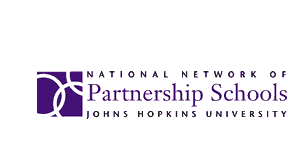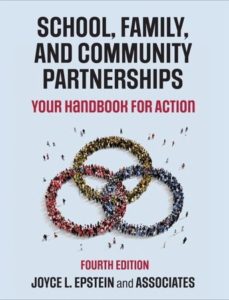Lakewood, Washington

STEM Family Academy
At Lakeview Hope Academy, the Action Team for Partnerships (ATP), science teachers, and others aimed to engage students and families in hands-on activities that would make science come alive. Parents participated in the early brainstorming session for the STEM (Science, Technology, Engineering, and Math) Family Academy to ensure that activities were meaningful to students and families at all grade levels (K-5). Parents of children who were English Language Learners, many of whom were learning English themselves, were especially helpful. They attended the planning meetings, created bilingual signs to explain the activities, and sorted materials for the STEM boards and classroom activities. The district´s bilingual family involvement coordinator helped facilitate these activities and served as interpreter and translator, as needed, to support parents.
Six classrooms housed 2 activities each, for a total of 12 STEM demonstrations and explorations to interest students at all grade levels. Activities included problem solving and creativity, such as coding with beads, building spaghetti and marshmallow bridges, cup stacking, and creating pictures using tangrams. Each activity was conducted, at least in part, by community volunteers. One student’s parent is a middle school science teacher who conducted a “science lab.” The favorite demonstration in the lab was fire-breathing—proving that STEM can be unexpected and fascinating.
STEM Family Academy is featured in Promising Partnership Practices 2017.
Math Family Academy
Teacher teams in grades K-5 brainstormed ideas for hands-on math activities and materials to use at the Math Family Academy and then be taken home to reinforce grade-level math skills. Parent volunteers worked to gather, sort, and distribute the materials to each grade-level team. Some activities were “Shake, Rattle, and Roll”—a place value game and “Counters in a Cup”—an addition game. A local casino donated playing cards for students to practice math facts.
Directions and signs for the Math Family Academy were provided in English and Spanish. There were 2 classrooms per grade level, one for Spanish-speaking parents where an interpreter assisted the classroom teacher in demonstrating and explaining the activities. An estimation station was divided into 2 sections, one for students to guess and win the number of cheese balls, pretzels, and Cheerios and one laundry basket filled with various cleaning supplies for parents to guess the retail price. The one coming closest took home the goods. As families exited the activity, they provided feedback on a large chart by placing a sticky dot next to the activity that interested them most. Children stopped by a free book table where they could select 2 or 3 books to read at home.

